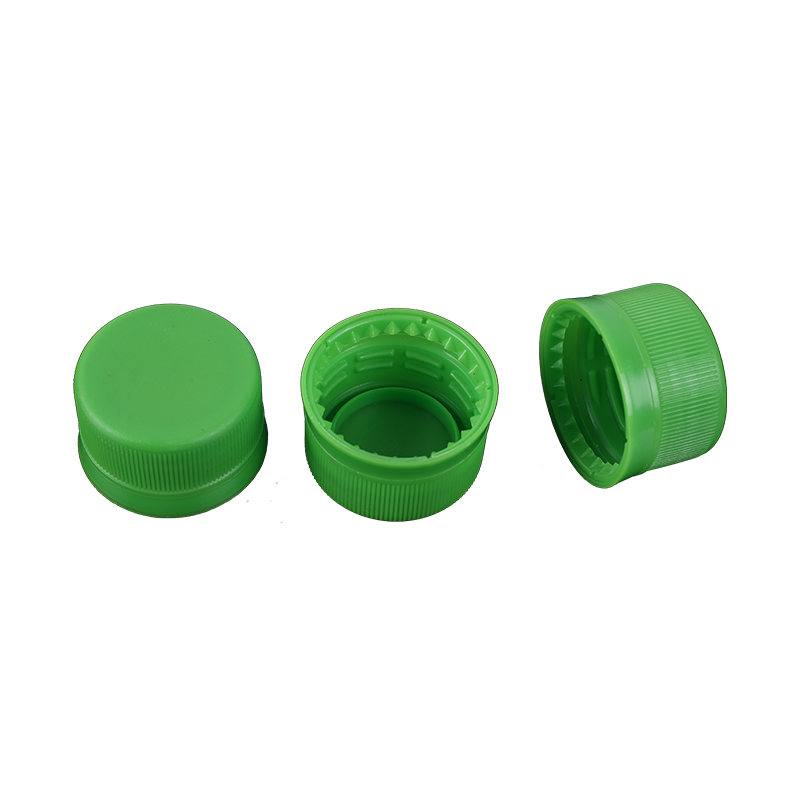Bottle caps are a common part of most plastic bottles. They come in a variety of shapes and sizes. Typically, they are made of HDPE or PET plastics and are designed to hold a liquid container securely closed. They may also be used to provide tamper-evident protection for the contents of the bottle.
Injection Moulding: Most plastic cap manufacture is done through injection moulding, a process where thermoplastic polymer pellets are heated in a metal hopper to the point that they become soft and flexible. These pellets are then injected into complex, detailed steel moulds under very controlled high pressure.

Thermoplastic plastics can be coloured and added to the mould before they are released into the final product, which can then be manufactured in a high-speed, automated production line. Injection moulding has several benefits, including high repeatability, tight tolerances and the ability to produce highly detail-oriented parts.
Welded Caps: In addition to traditional screw and snap caps, welded caps are an alternative option that directly welds the mouth part of the bottle to the flexible packaging by welding ribs and other structures. This method of closure can be applied to a variety of types of containers, including food and pharmaceutical packaging.
Special Functions: Many caps are designed with special functions for specific applications, such as a dosing chamber for fresh-supplementation of beverages or vitamin shots. They can also be incorporated with oxygen absorbing substances to help keep the contents of the bottle fresher longer.